Search
Remove Ads
Advertisement
Summary 
Loading AI-generated summary based on World History Encyclopedia articles ...
Search Results
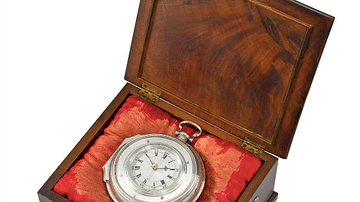
Article
Harrison's Marine Chronometer
John Harrison (1693-1776) invented an accurate marine chronometer after several decades of research and development. While the pendulum clock had already been invented in the 17th century, a clock that could withstand the vagaries of the...
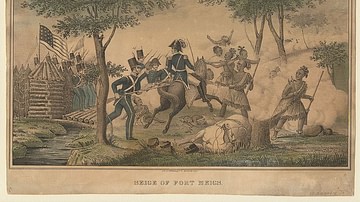
Article
Siege of Fort Meigs
The Siege of Fort Meigs (28 April to 9 May 1813) was a major engagement on the northwestern frontier of the War of 1812. It saw a US army under Major General William Henry Harrison, holed up in the hastily built Fort Meigs, withstand a siege...
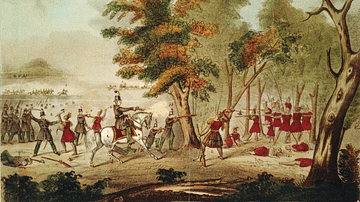
Article
Battle of the Thames
The Battle of the Thames (5 October 1813), or the Battle of Moraviantown, was a decisive engagement in the War of 1812, in which a US army under General William Henry Harrison defeated a British and Native American force in Upper Canada...
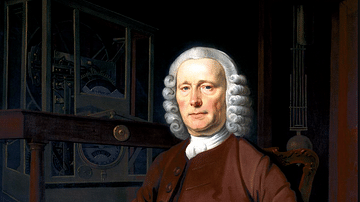
Image
Portrait of John Harrison
A c. 1767 portrait by Thomas King of the English clockmaker John Harrison (1693-1776) who invented the marine chronometer to accurately measure longitude. The chronometer he is holding is the H3, one of a series of five watches he made. (Science...

Article
Battle of the River Raisin
The Battle of the River Raisin (18-23 January 1813), also known as the Battle of Frenchtown or the River Raisin Massacre, was a significant engagement in the War of 1812. It saw the defeat of a US army at Frenchtown (modern-day Monroe, Michigan...

Image
Harrison's H5 Marine Chronometer
The H5 marine chronometer, designed and built by the English clockmaker John Harrison (1693-1776). This was the last in the series of chronometers Harrison made for mariners to better measure longitude and so define their position at sea...
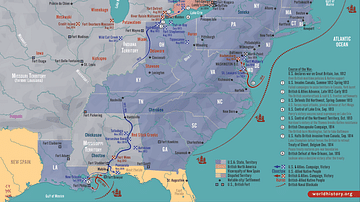
Definition
War of 1812
The War of 1812 (1812-1815), referred to by some contemporaries as the Second American Revolution, was fought between the United States and the United Kingdom. Often remembered only as a sideshow to the Napoleonic Wars, the war had some long-term...
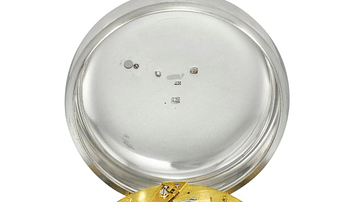
Image
Workings of Harrison's H5 Chronometer
The workings of the H5 marine chronometer designed and built by the English clockmaker John Harrison (1693-1776). This was the last in the series of chronometers Harrison made for mariners to better measure longitude. Silver with a white...
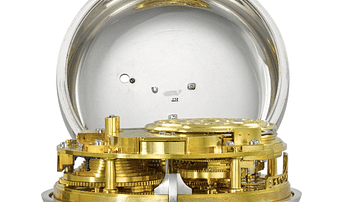
Image
Interior Mechanism of the Harrison Chronometer
A view of the interior workings of the H5 marine chronometer designed and built by the English clockmaker John Harrison (1693-1776). This was the last in the series of chronometers Harrison made for mariners to better measure longitude. Silver...
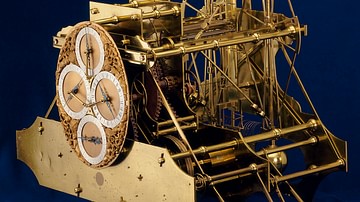
Image
Harrison's H1 Timepiece
John Harrison’s first marine timepiece, called H1 and created between 1730 and 1735, was designed to allow navigators to keep Greenwich time and so accurately calculate their longitude position. (National Maritime Museum, Greenwich)